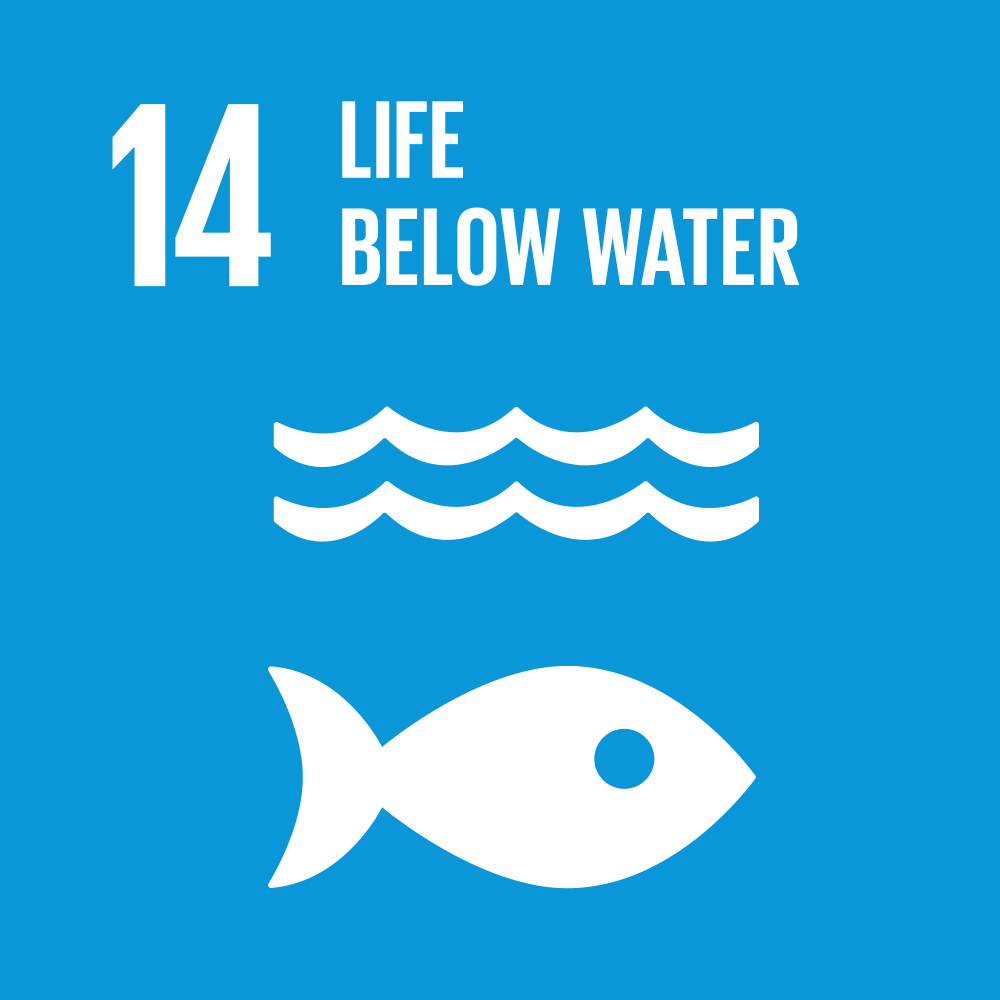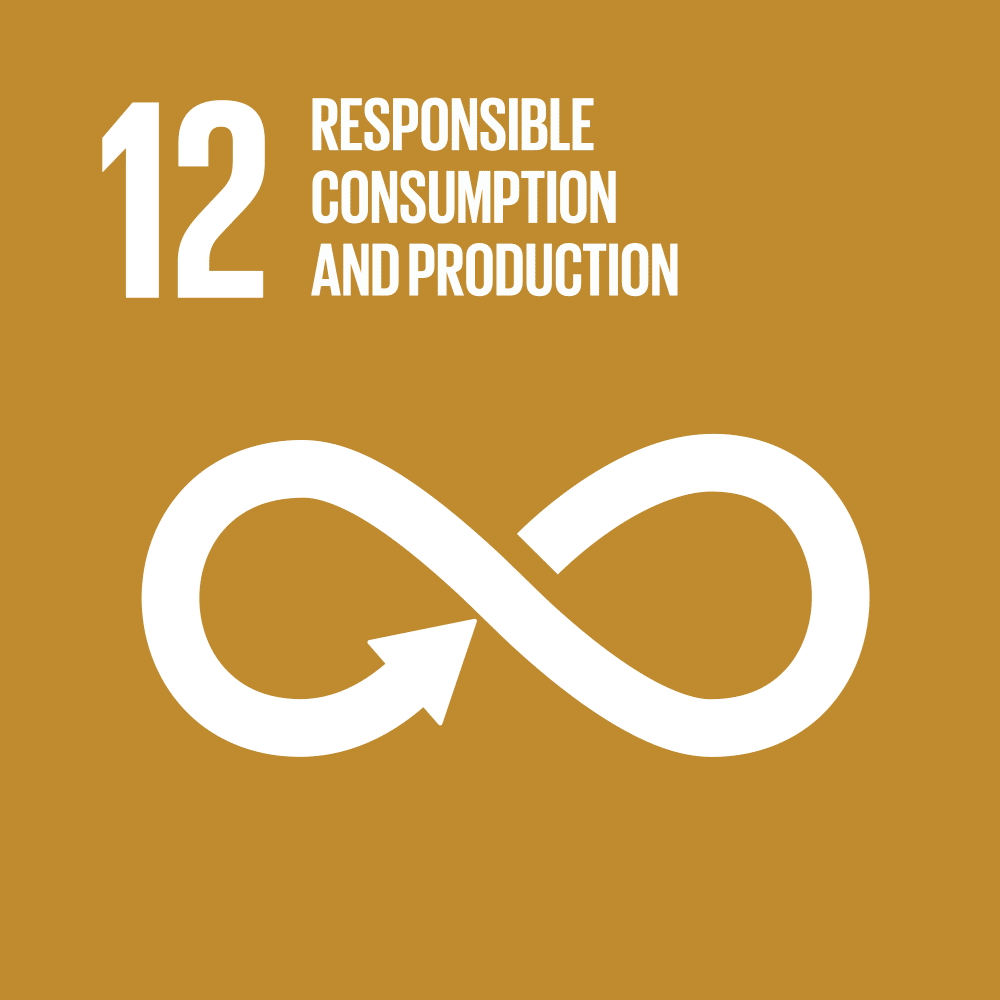Problem:
The sea louse (Caligus rogercresseyi) is a major recurring parasite in the salmon industry, affecting 99% of production centers. Its presence leads to stress, reduced feed efficiency, longer growth time, fish injuries, higher treatment costs, and annual losses of $400 million due to various factors (Chile).
Idea:
Sonicali utilizes ultrasonic emitters placed in salmon nets' corners, creating mechanical waves through software-coordinated constructive interference. These waves induce micro-pressure changes that fatally harm sea lice (Caligus). The system includes both hardware and software components with an easy-to-use panel in the cages. It leverages technology for self-correction and allows the resonance zone's movement. Sonicali's design prevents sound leakage, causing no harm to coexisting species.
Main Beneficiaries:
Chile exports salmon worth $6.5 billion, with the industry facing recurring issues from the sea louse parasite, especially among the top 10 companies controlling 80% of production. Our focus is on offering the Sonicali service to salmon companies like AquaChile and Blumar, aiming to serve the Chilean market and potentially expand internationally. The potential market size is $920 million per production cycle, with our primary clients being these companies, operating in southern Chile from Araucanía to Magallanes.
Stage:
Inspiration and ideation
SDG:
GOAL 14: Life Below Water
GOAL 12: Responsible Consumption and Production


University:
Pontificia Universidad Católica de Chile
